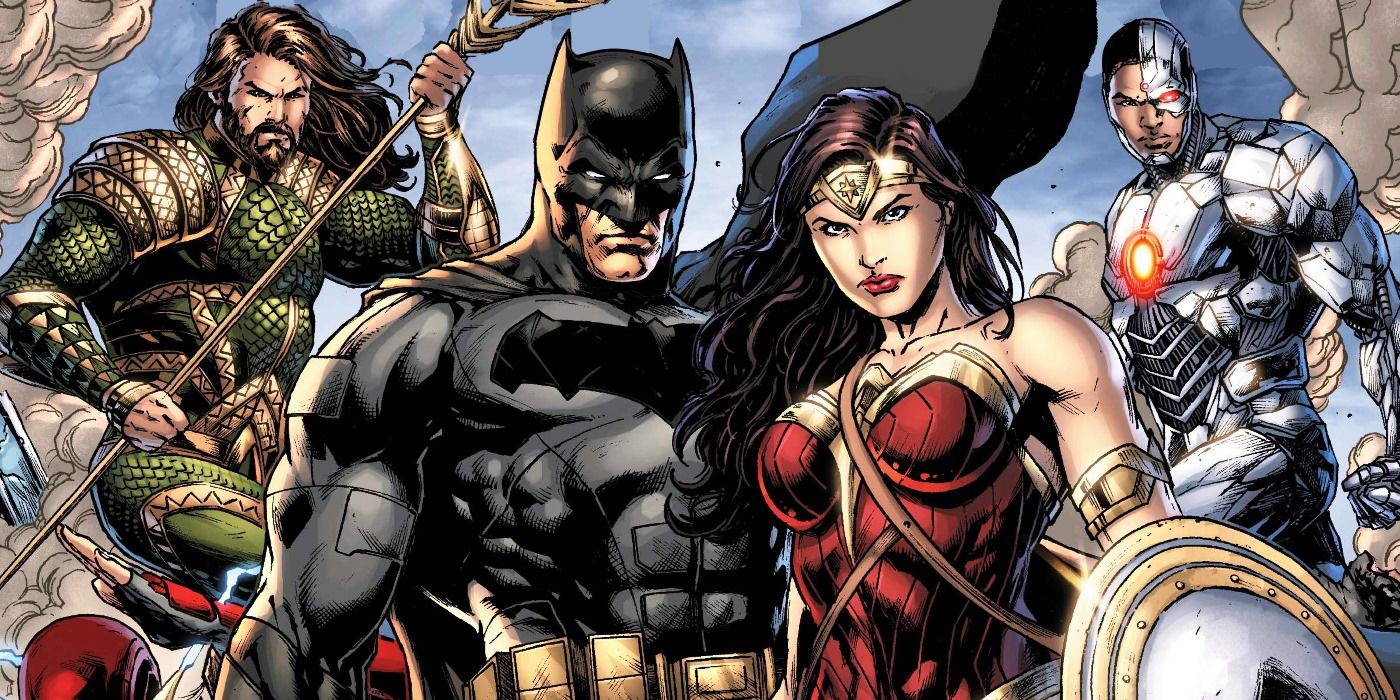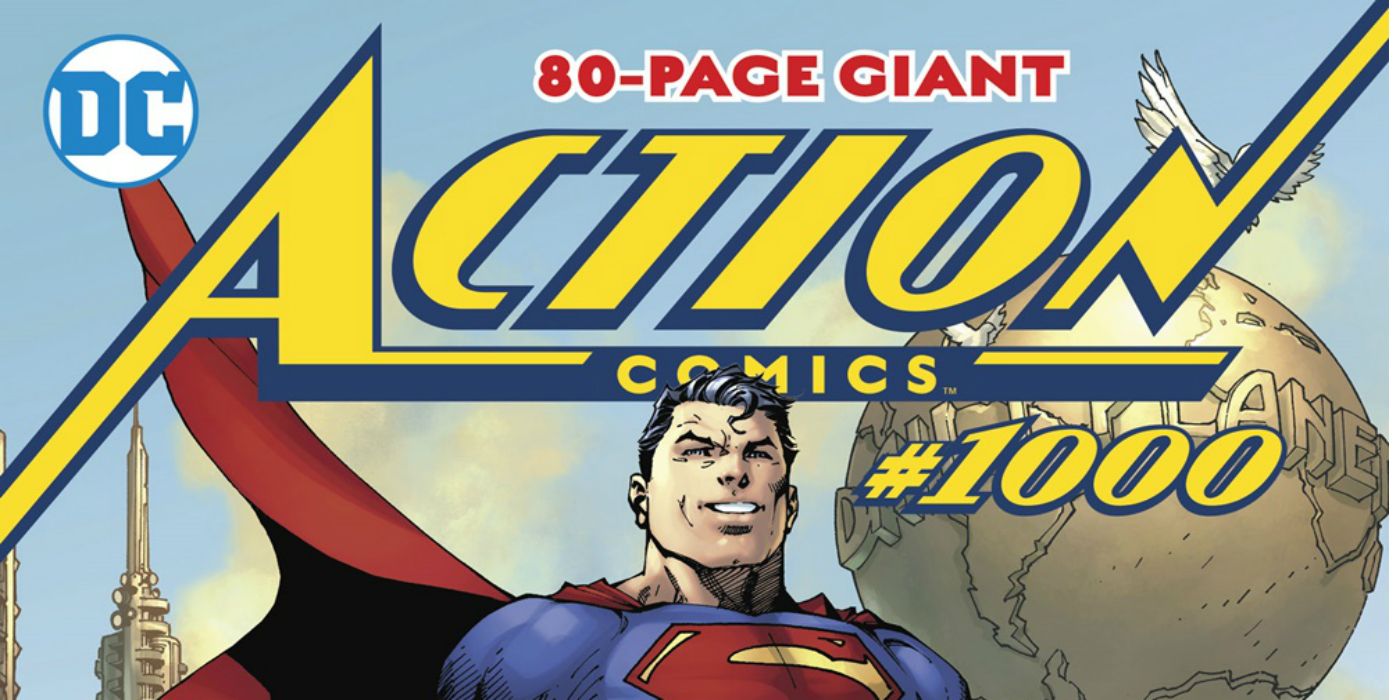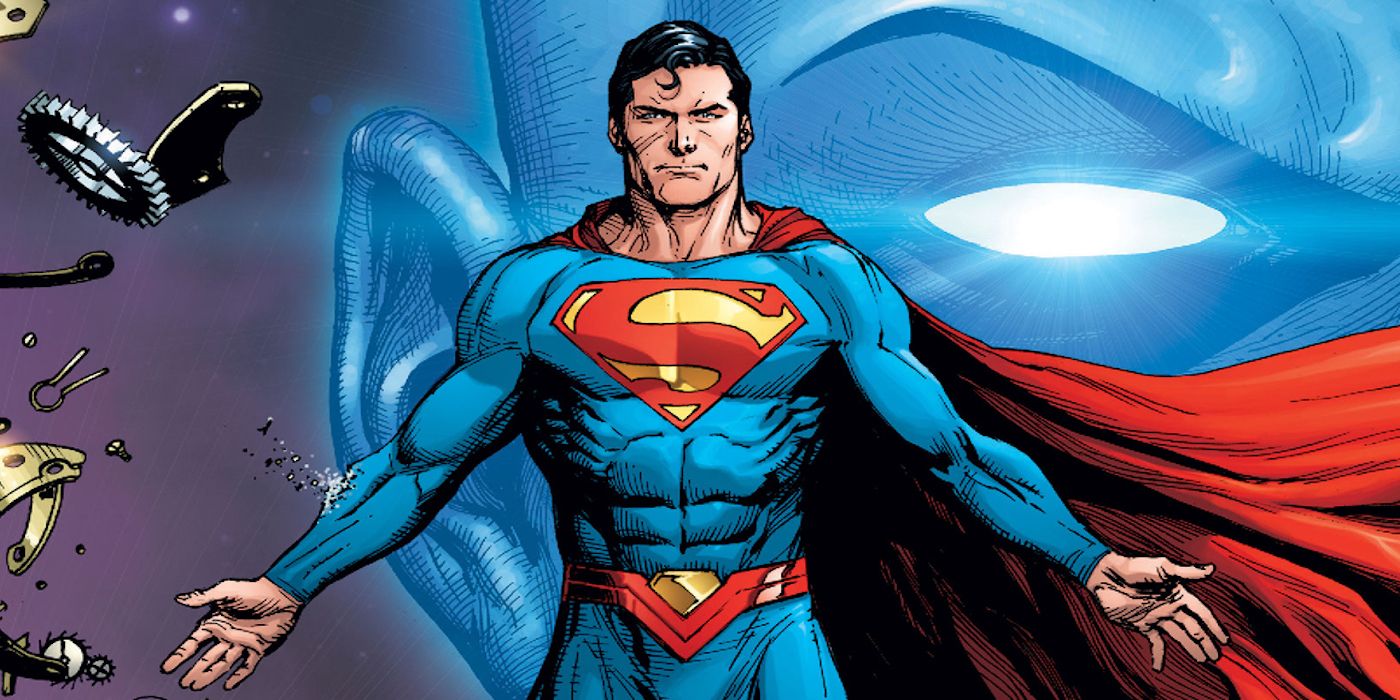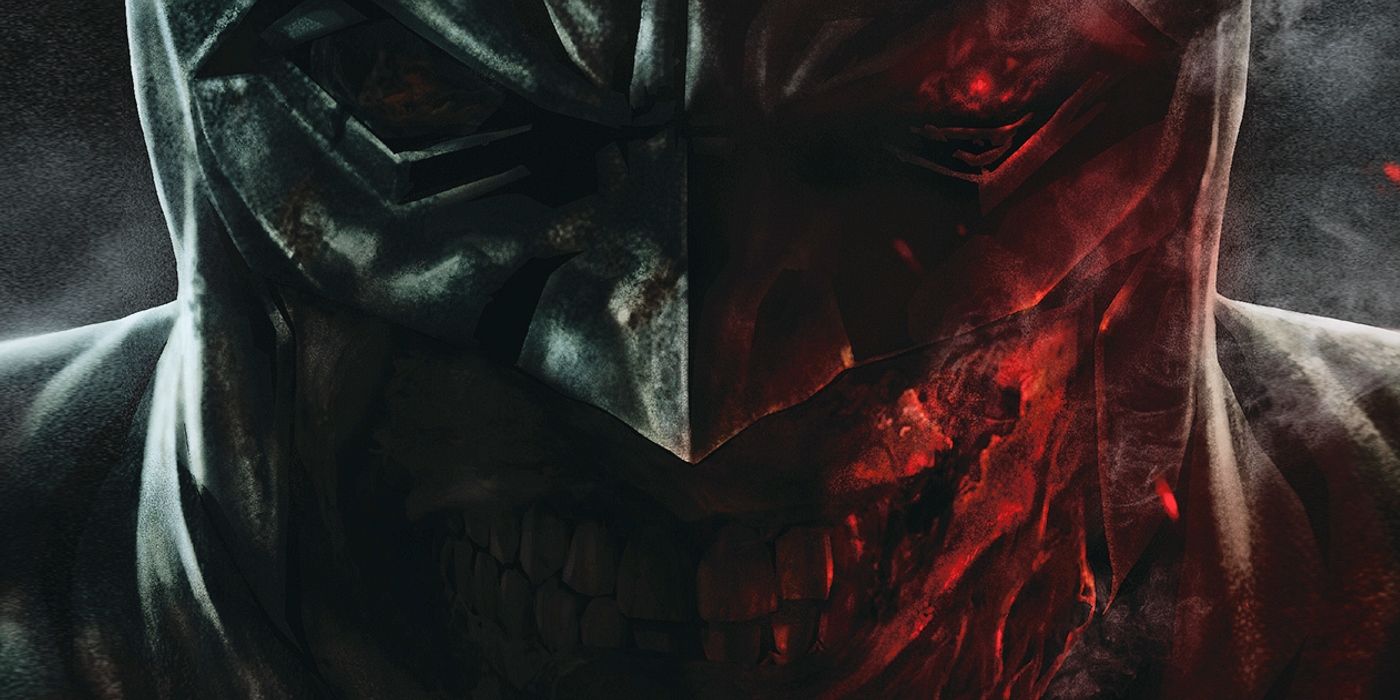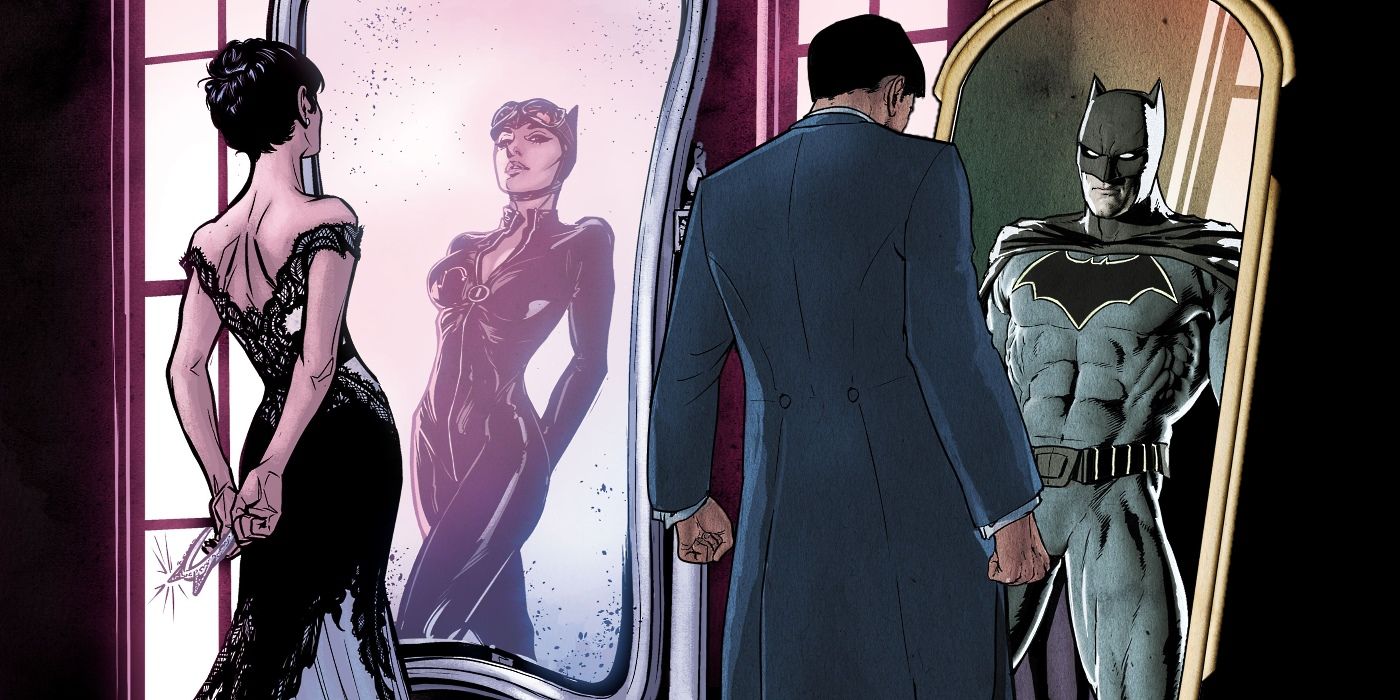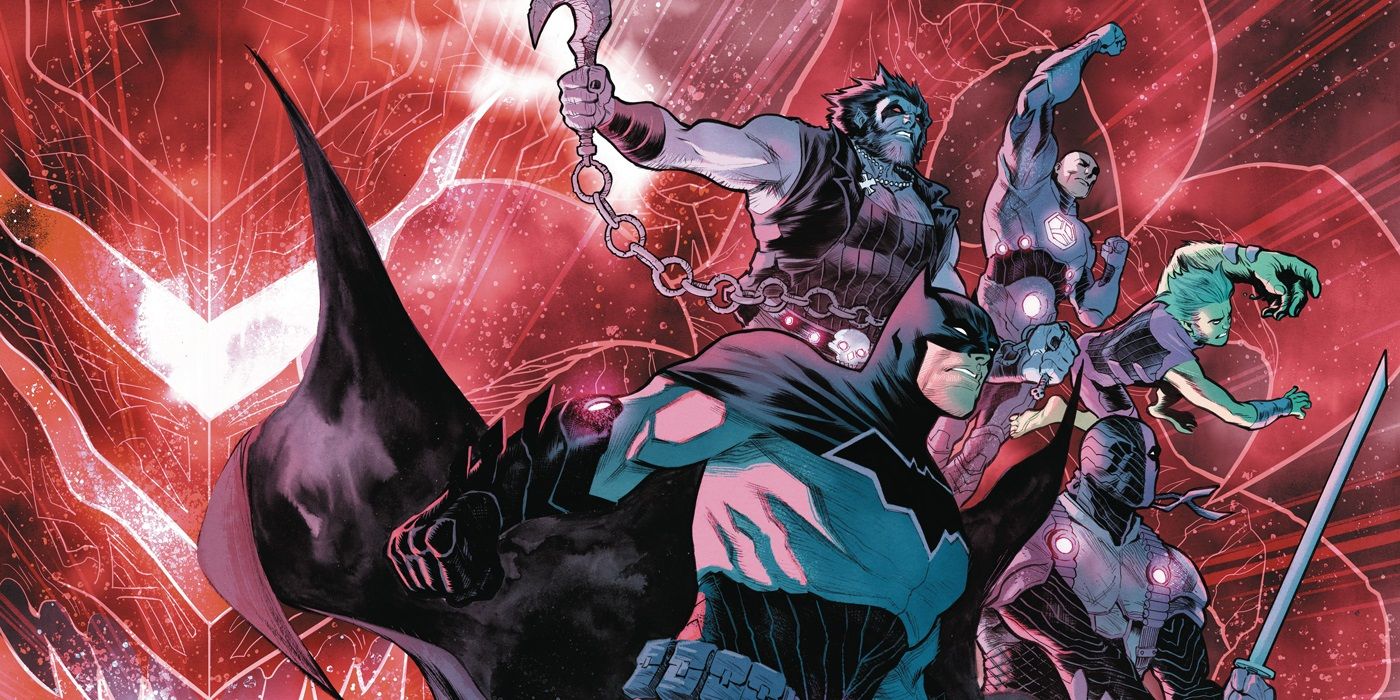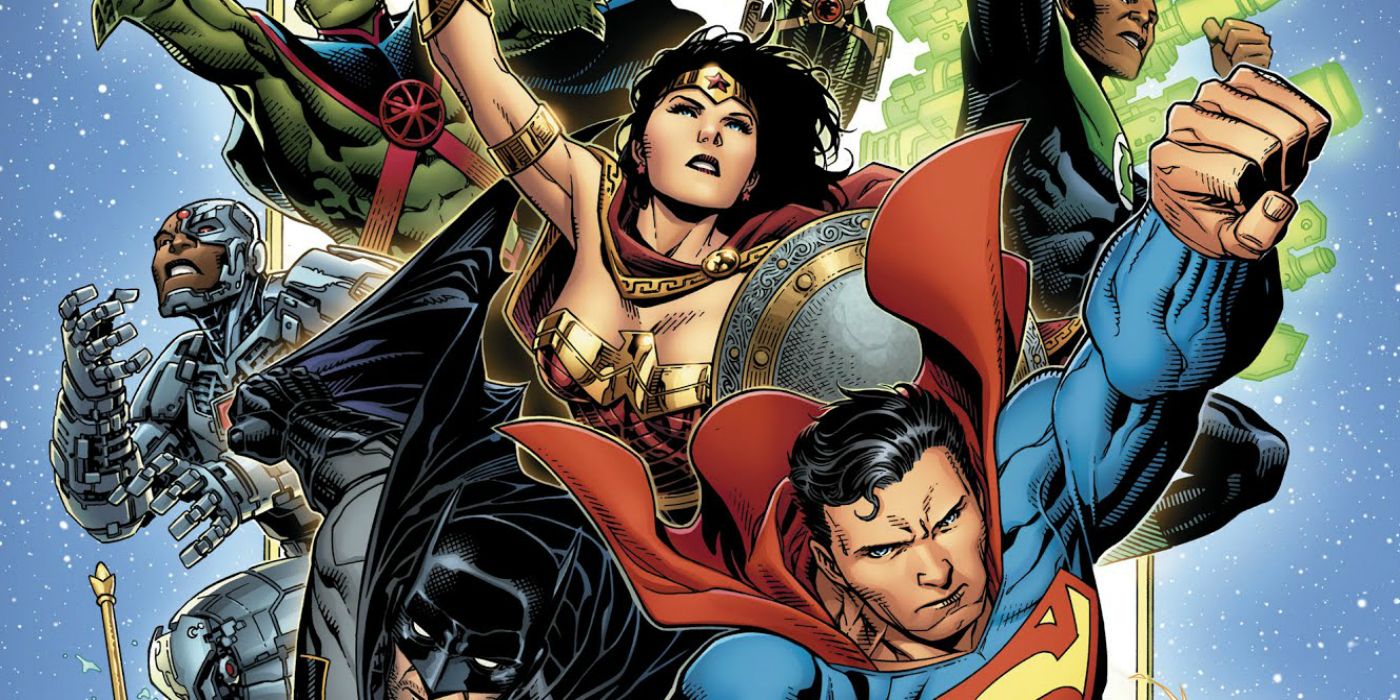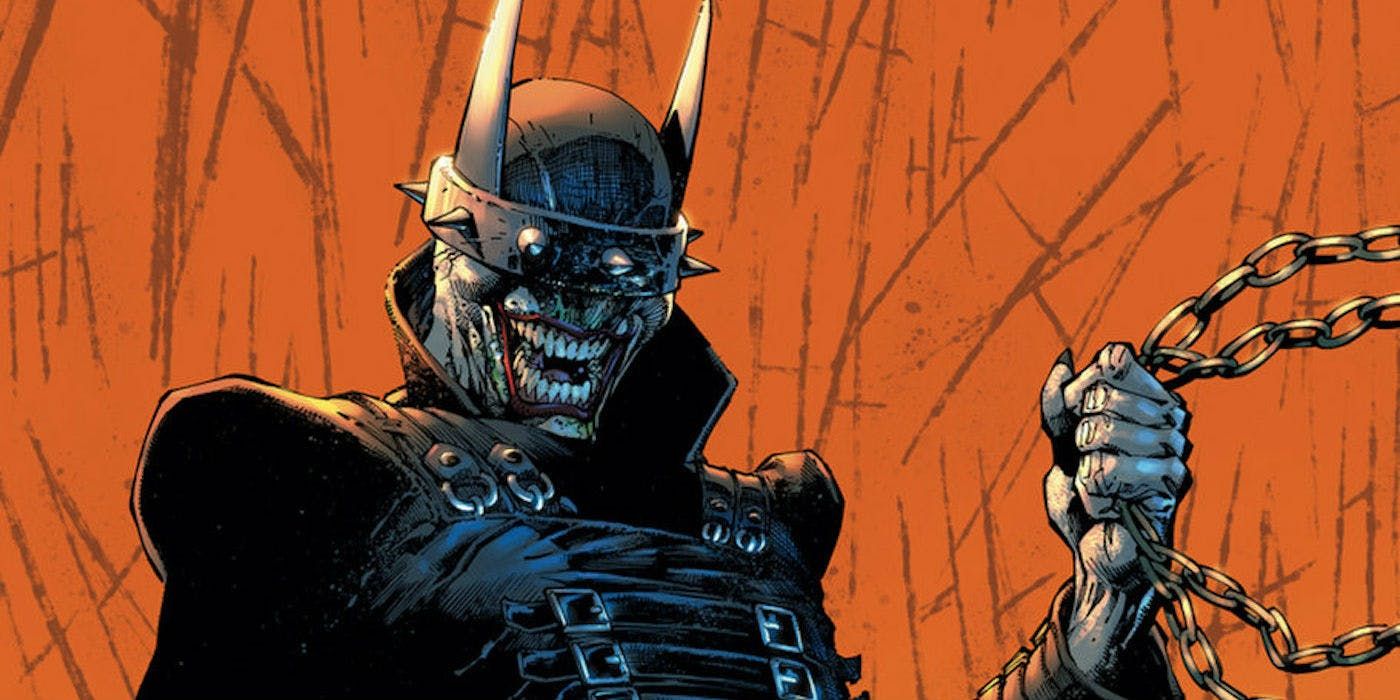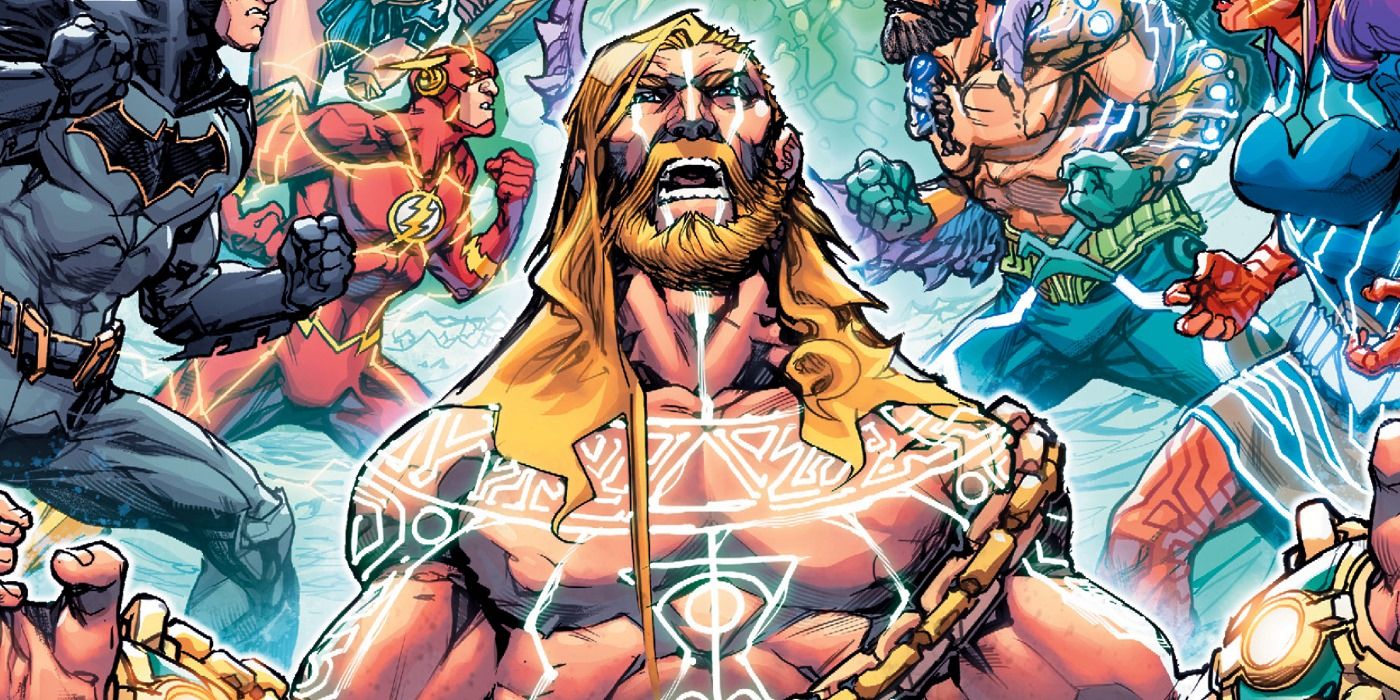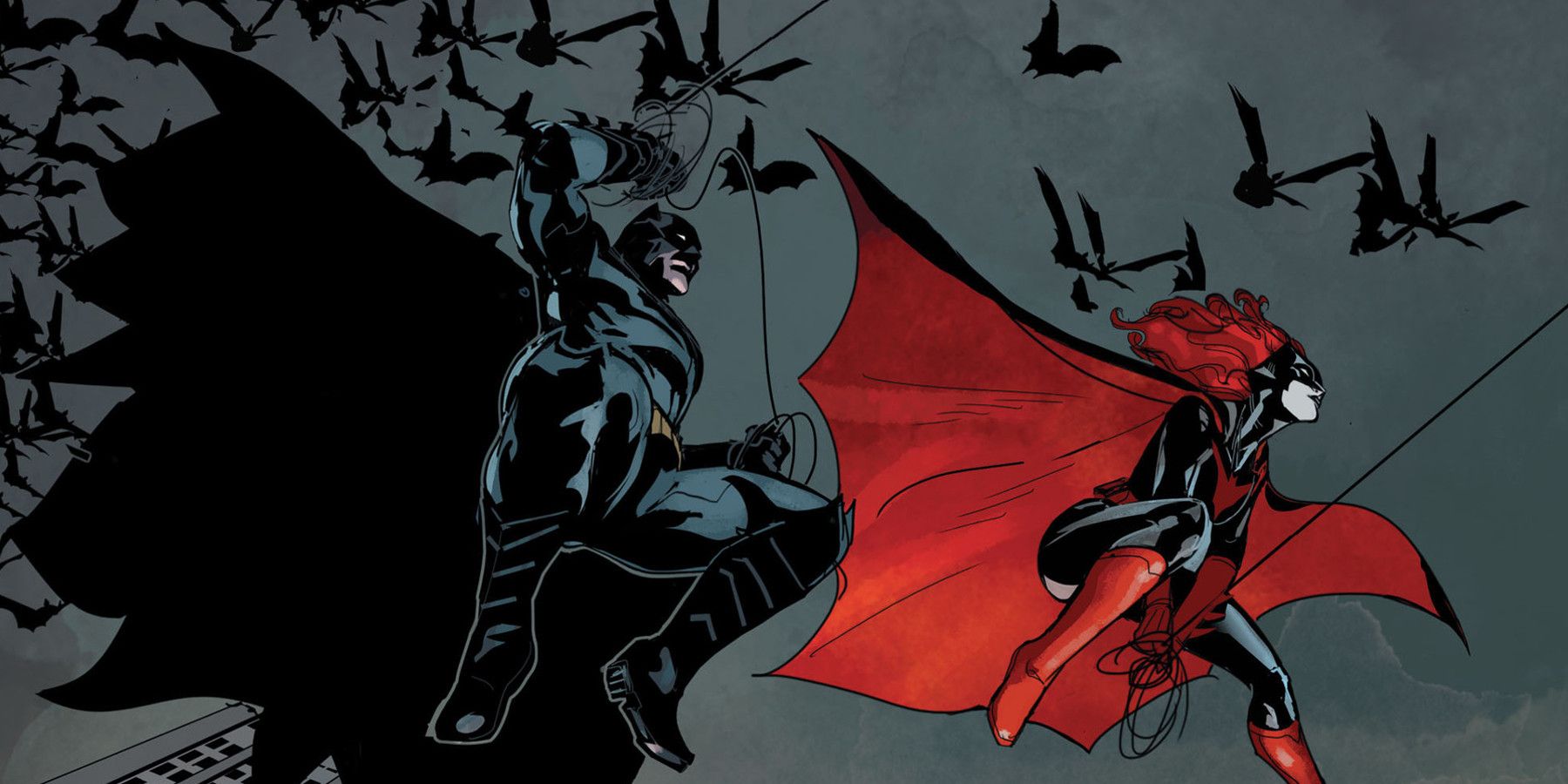Marvel may have put up their very best fight, but there's no denying that DC Comics ruled the comic book world in 2018. Struggles are unavoidable in this industry, and Marvel had a particularly rocky year in 2017, with their role as market leader shaken by a number of controversies: attempting to pivot in order to gain new readers, editorial direction leading to several online uproars, and continuing reboots and changing creative teams have left continuity more unclear than ever. DC, on the other hand, has gone from strength to strength. With milestone issues including Action Comics #1000 and Batman #50, as well as some high-profile events and relaunches, the publisher even scored talent best known for their Marvel work in the past.
One key difference between the two publishers? Their attitude towards the blockbuster films adapting their characters. In the case of Marvel, the movies are increasingly informing the comics - it's no coincidence 2018's event was called Infinity Wars, after all. In contrast, DC has taken a much looser approach. Aquaman has become understandably important to the comics over the last few months, but the comic book version remains distinct from Jason Momoa's big-screen incarnation, and DC is fine with that. Yes, there's an Aquaman reboot alongside the movie, but it's launching a new story unlike anything the movies could pull off. It's just one more way DC is resisting the call of outright nostalgia, and set up a whole new status quo, daring to continue transforming their universe.
RELATED: Screen Rant's Favorite Comics of 2018
Here, we're going to examine the last year's worth of DC Comics events. Our focus will be on how these comics have reshaped their universe, and are going on to transform the entire comic book industry.
Action Comics #1000
An 80-page anniversary special, Action Comics #1000 sold at $7.99 - and, according to Diamond, still managed to become the best-selling comic of the year. The entire book was a celebration of the Man of Steel, an anthology with stories by Dan Jurgens, Peter J. Tomasi, Marv Wolfman, Paul Levitz, Neal Adams, Tom King, Louise Simonson, Paul Dini, Brad Meltzer, and Brian Michael Bendis. This anniversary issue also served as the launch of Brian Bendis's new Superman run. One of Marvel's most influential writers over the last 20 years, Bendis's departure to DC was a massive shakeup in the industry, and a tremendous coup for DC.
RELATED: Action Comics #1000 Confirms Superman is Immortal?
Doomsday Clock
Doomsday Clock is the still-ongoing event comic that acts as the culmination of everything DC has been doing since 2016. It's also the direct sequel to Alan Moore's classic Watchmen series, and has a particular focus on Superman and Doctor Manhattan. The comic has gradually revealed that Doctor Manhattan is the powerful cosmic force who has corrupted the DC universe, robbing it of life and love. While Geoff Johns' writing has seen more than a few delays, Doomsday Clock is still the story he considers to be one of his most important (which can't be taken lightly).
The Black Label Launch
The new prestige range aiming to reach audiences who wouldn't normally pick up a comic, and Brian Azzarello and Lee Bermejo's Batman: Damned earned its mature rating right out the gate. The first issue earned controversy after making history as the first time DC fans got a full-frontal view of Batman in the nude, showing a certain part of Bruce Wayne's anatomy that is usually unseen in comics. Suffice to say readers jokingly referred to this as the "Batawang" scandal (DC edited the artwork in reprints).
The publisher is reportedly reconsidering elements of the Black Label in light of this, fearing they were pushing the boundaries a little too much; that's probably an overreaction, but it's understandable given the experimental nature of the label. The Black Label deserves particular recognition because it's the first notable attempt by either DC or Marvel to expand the comic book audience. There'll be both new books and reprints, marketed in a prestige European format, and they're not even following the traditional retailer model. The launch of the Black Label could well prove to be the most important development in the entire comic book industry this year, with too many high profile books on the way to list (you can find all the DC Black Label books here).
The Wedding of Batman
This was a year of bait-and-switch weddings, with Tom King launching a plot in which Batman and Catwoman came within a hair's breadth of marriage. The extra-sized Batman #50 covered the wedding day, which ended in tragedy when Bane manipulated Catwoman into leaving Bruce at the altar. It was part of Bane's strategy to break the Bat - and right now, it seems to be working. King has been marching directly toward this heartbreak, and has demonstrated a tremendous grasp of Batman's mind.
He's telling a dark, sinister story in which Bane is breaking the Bat far more efficiently than he ever did in that classic Knightfall story. This proved to be the year's most controversial comic, with a major backlash on social media but King has reassured readers that this is only the halfway point of his overall story.
Page 2 of 2: Justice League Rebooted, and Aquaman's Own Event
Justice League: No Justice
Spinning straight out of the events of Dark Nights: Metal, Justice League: No Justice was a tremendous miniseries launched by Scott Snyder. It explored the impact of the Source Wall's breach, with Brainiac assembling his own Justice League team - with an assortment of heroes and villains. The story essentially served as the transition from Metal through to Snyder's Justice League run, and was a thrilling cosmic tale that saw unusual team-ups working to save entire worlds.
The Justice League Relaunch
Scott Snyder's Justice League has launched to tremendous acclaim. In the aftermath of Dark Nights: Metal, Lex Luthor discovered that cosmic forces had been unleashed in the universe. He assembled a new Legion of Doom to gain control of these forces, to tap into their power and make them his own. The story has been tremendous so far, with the Justice League struggling to catch up with their enemies' plans. But it remains to be seen whether Luthor can keep the team of supervillains together.
Related: Justice League #1 Confirms The DC Universe is Dying
Dark Nights: Metal
Scott Snyder's Dark Nights: Metal event was a tremendously effective story, albeit a rather complex one. Snyder's fascination with the idea of dark matter led to the creation of an unseen Multiverse, hidden beneath the surface of DC's existence. Batman unwittingly unleashed the forces that shaped this 'Dark Multiverse,' led by the Dark God Barbatos, comprised of an army of "nightmare" versions of Batman, the most terrifying of which was the Batman Who Laughs - a sinister mash-up of Batman and the Joker.
The climax of Metal saw DC transform their entire universe by breaking the Source Wall that surrounded it. New cosmic forces were unleashed, and the DC world will never be the same again - a tagline often used to refer to comic book events, but this time probably entirely accurate. Dark Nights: Metal was well-received by critics and fans alike, and while it may not have been perfect for every reader (the plot became relatively inaccessible to newcomers, fast), it served particularly effective in setting up the next year's worth of comics.
The Raising of Atlantis and Drowned Earth
It's hardly a surprise that the year has ended with a major Aquaman event; there is a film coming out, after all. But there's been a notable difference between DC's approach and its rival, Marvel's; DC has chosen to mix things up, setting up a very different status quo. The first decision was to raise Atlantis to the surface, setting up a fascinating Suicide Squad arc in which Amanda Waller attempted to sink the island beneath the waves again - by force. All that has led to the Drowned Earth event, which has only just come to a conclusion. It's seen Arthur transported to oceans new, and it remains to be seen what will happen there.
Detective Comics
2018 saw the end of James Tynion IV's tremendous Detective Comics run. One of DC's most gifted writers, over the last two years Tynion had crafted a subtle plot in which Batman had attempted to put together a team to police threats to Gotham City. Doctor Manhattan's agents had intervened, removing Tim Drake at a crucial time, and introducing a twisted version of Tim from a dark, dystopian future.
Matters came to a head over the course of this last year, with Batwoman going rogue, and killing Clayface - a villain who Batman had been attempting to redeem. Tynion's was easily one of the strongest comic book runs of the last decade, and it ended in style.

